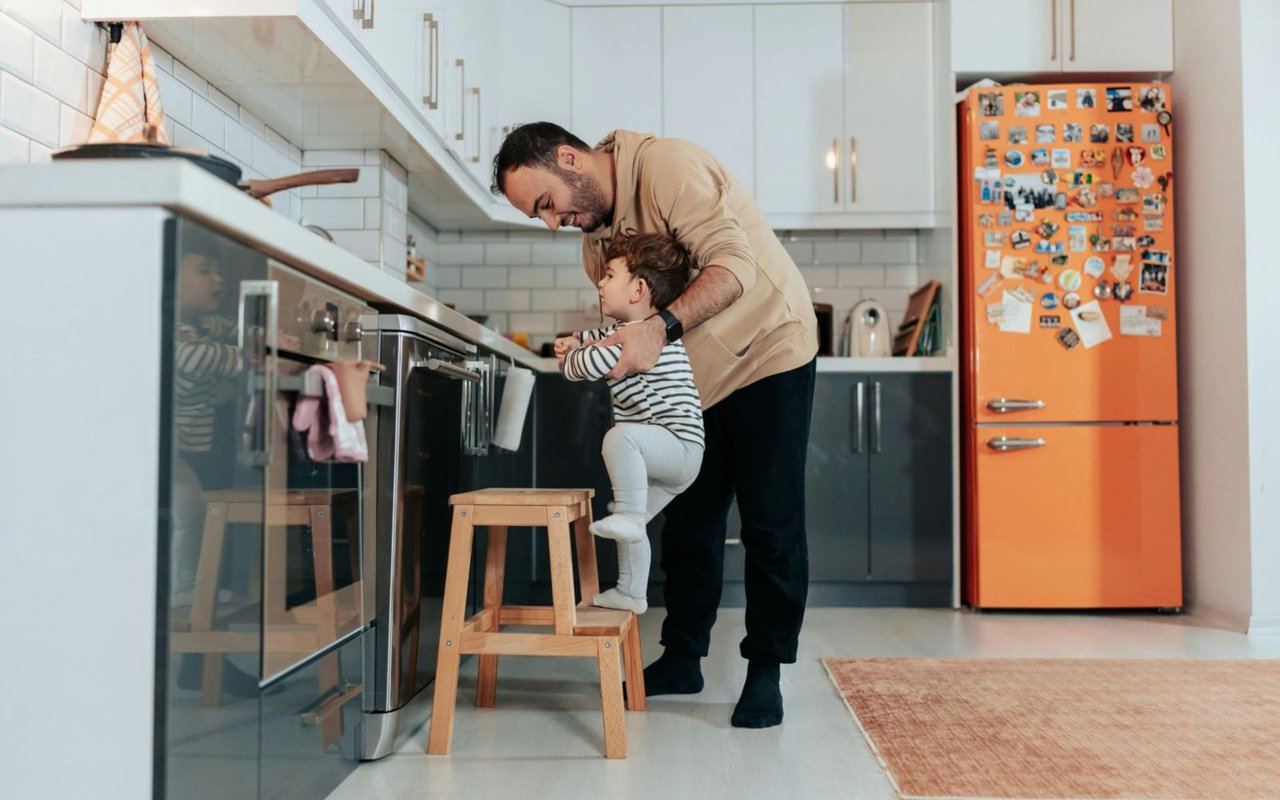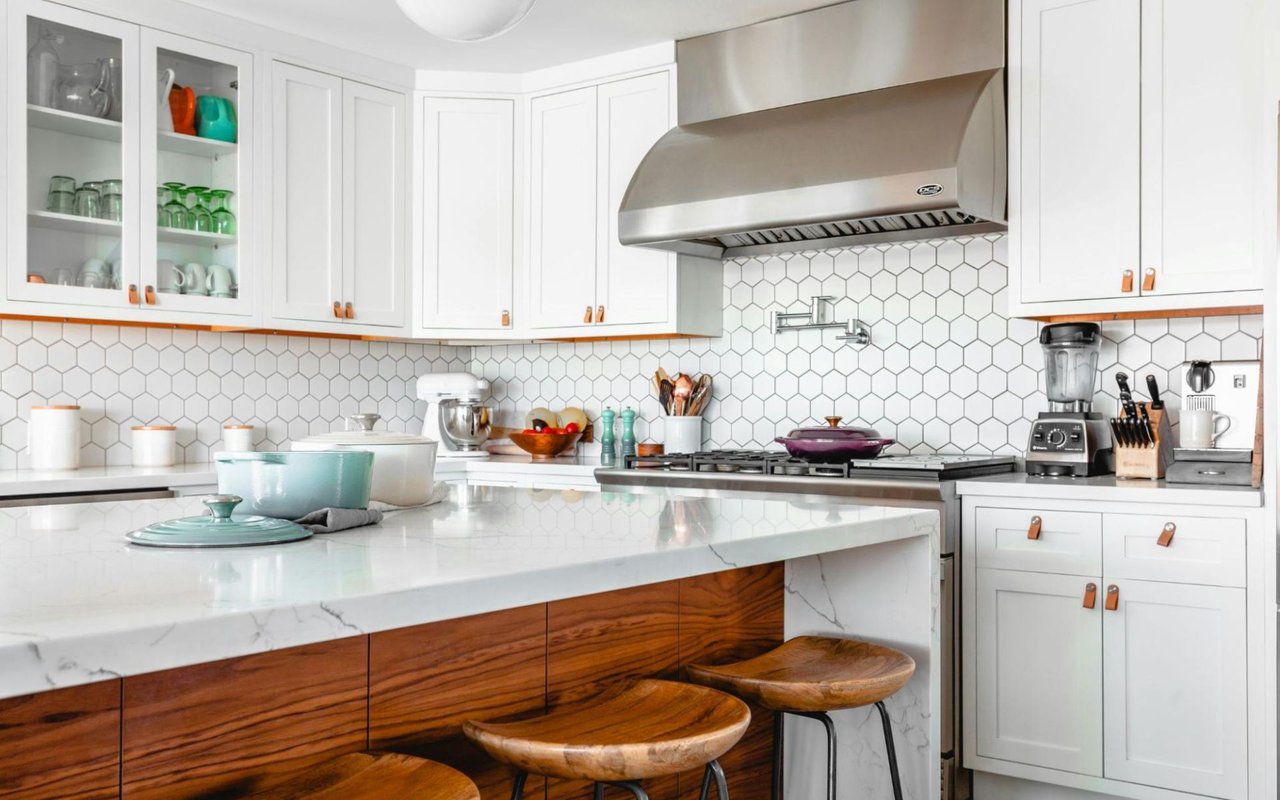Creating a safe environment for children is one of the most important responsibilities for any homeowner with a family. From curious toddlers to adventurous teens, every stage of childhood comes with unique safety challenges. Ensuring your home is properly childproofed not only reduces the risk of accidents but also provides peace of mind. For families considering a move, finding a home designed with safety in mind can be a key priority.
Assessing Potential Hazards
The first step in making your home safe for children is to assess potential hazards. Walk through each room and view it from a child’s perspective. Identify items or areas that could pose risks, such as sharp corners, exposed electrical outlets, or unsecured furniture.
In kitchens, keep appliances, sharp utensils, and cleaning products out of reach. Bathrooms are another area of concern, where slip hazards and access to medication can create dangerous situations. Regularly inspecting your home for potential risks ensures you stay ahead of any safety issues as children grow and their abilities change.
Securing Furniture and Fixtures
Heavy furniture and appliances can become tipping hazards, especially for young children who love to climb. Secure bookcases, dressers, and televisions to the wall using brackets or anchors. Ensure that furniture with sharp edges, such as coffee tables or desks, is fitted with corner guards to reduce the risk of injury.
Window safety is also crucial. Install window guards or stops to prevent falls and keep cords from blinds or curtains out of reach. These small adjustments can make a significant difference in preventing accidents.
Safeguarding Electrical Outlets and Cords
Children are naturally curious, making electrical outlets and cords a common safety hazard. Use outlet covers or tamper-resistant outlets to prevent accidental contact. Keep cords organized and out of reach to avoid tripping hazards or the risk of children pulling heavy appliances down.
For homes with multiple electronic devices, consider using cord organizers or cable management boxes to minimize clutter and keep cords safely tucked away. This not only ensures safety but also creates a tidier and more visually appealing space.
Childproofing Doors and Staircases
Doors and staircases pose particular risks for children, especially toddlers who are just learning to walk. Install safety gates at the top and bottom of staircases to prevent falls. Choose gates that are secure and easy for adults to operate but impossible for small children to bypass.
To keep children from accessing unsafe rooms, use door knob covers or locks. For added security, consider installing slow-closing hinges on doors to prevent accidental slamming, which could cause injuries to little fingers.
Keeping Dangerous Items Out of Reach
Children are often attracted to items that are hazardous, such as cleaning supplies, medications, or tools. Store these items in locked cabinets or high shelves that are out of children’s reach. In the garage, ensure that tools and chemicals are safely stored in locked units.
In addition to keeping dangerous items out of reach, consider labeling them clearly with warnings, even for older children who may not recognize the risks associated with certain household products.
Maintaining a Safe Outdoor Space
If your home has an outdoor area, ensuring it is safe for children is just as important as indoor childproofing. Inspect fences and gates to ensure they are secure, and install locks to keep children from wandering into unsafe areas. If your home features a pool, install a fence with a self-closing, self-latching gate and always supervise children when they are near water.
For play equipment, check that swings, slides, and other features are in good condition and free of sharp edges or loose parts. Adding a soft landing surface, such as rubber mulch or sand, can further reduce the risk of injury during playtime.
Installing Smoke and Carbon Monoxide Detectors
Fire safety is a critical component of a child-safe home. Install smoke detectors in every bedroom, hallway, and common area, and test them regularly to ensure they are functioning properly. Carbon monoxide detectors should also be installed in key areas, particularly near sleeping spaces and in homes with gas appliances.
In addition to detectors, create and practice a family emergency plan. Teach children what to do in case of a fire or other emergency and ensure they understand the importance of staying safe.
Using Child-Safe Locks and Covers
Child-safe locks and covers are versatile tools for keeping children out of dangerous areas. Cabinet locks can secure kitchen and bathroom storage, while toilet locks prevent curious toddlers from playing with water or dropping objects into the toilet.
Appliance locks are another useful tool, especially for ovens, refrigerators, and washing machines. These locks prevent accidental operation or access, reducing the risk of injury.
Teaching Safety to Older Children
As children grow, teaching them about safety becomes an important part of maintaining a secure home. Educate older children about the risks of certain household items and set clear rules, such as not climbing furniture or playing near the stove.
Encourage open communication so children feel comfortable asking questions about safety. This helps them develop a better understanding of potential hazards and how to avoid them.
Work with Isabelle Gainey to Find the Perfect Family Home
Creating a safe home for children starts with choosing the right property. Families in Fort Lauderdale looking for homes designed with safety and comfort in mind can rely on Isabelle Gainey for expert guidance. Her knowledge of the local market ensures you’ll find a home that meets your family’s needs. Contact Isabelle Gainey today to explore available properties and begin your journey to a happier home.



